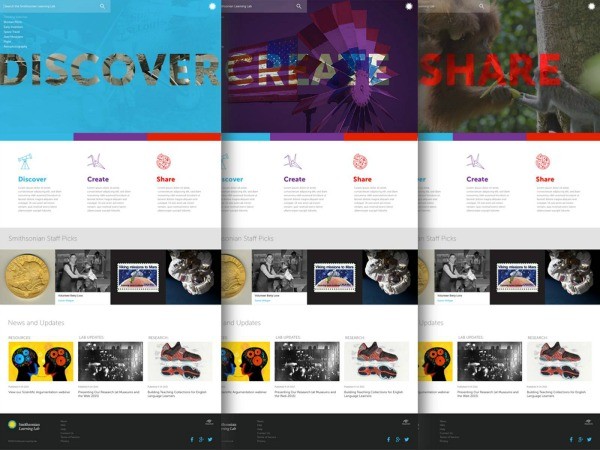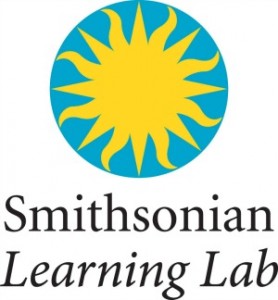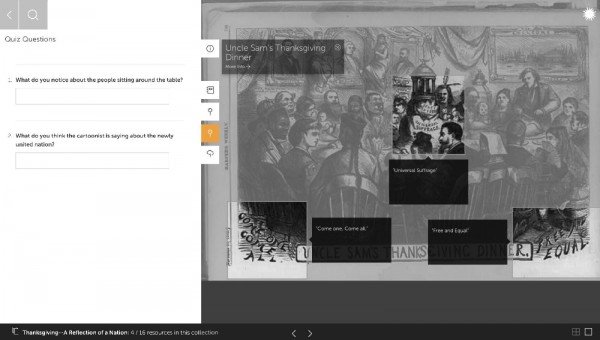2018 School Spending Survey Report
Smithsonian Learning Lab, Open for Business and Seeking Feedback
A new, highly visual platform for exploring the riches of the Smithsonian will launch in June 2016. But users are encouraged to explore the Smithsonian Learning Lab now, and librarians, given their curatorial skills, are especially welcome.
 A new, highly visual platform for exploring the riches of the Smithsonian is set for public launch in June 2016. But users are being encouraged to explore the Smithsonian Learning Lab now, and librarians, given their curatorial skills, are especially welcome, says Darren Milligan, digital project manager at the Smithsonian. More than 1.4 million resources are currently available in the Learning Lab, a first-ever assembly of multimedia content representing the Smithsonian’s 19 museums, nine research centers, and the National Zoo. Beyond the resources themselves—which are free and open to all for personal and educational use—the Learning Lab enables educators and learners alike to participate, through creating and sharing learning experiences using the content and even enhancing the collections with their own content and annotations.
A new, highly visual platform for exploring the riches of the Smithsonian is set for public launch in June 2016. But users are being encouraged to explore the Smithsonian Learning Lab now, and librarians, given their curatorial skills, are especially welcome, says Darren Milligan, digital project manager at the Smithsonian. More than 1.4 million resources are currently available in the Learning Lab, a first-ever assembly of multimedia content representing the Smithsonian’s 19 museums, nine research centers, and the National Zoo. Beyond the resources themselves—which are free and open to all for personal and educational use—the Learning Lab enables educators and learners alike to participate, through creating and sharing learning experiences using the content and even enhancing the collections with their own content and annotations.  Getting started
Getting started
- Writing Inspiration: Using Art to Spark Narrative Story Elements
- Catcher in the Rye
- Analyzing Photographs Over Time, with the Scurlock Studio's Portraits of Washington, DC
- Mummy Science - Natural and Cultural Preserved Remains
- Thanksgiving—A Reflection of a Nation
- Animal Adaptations: Beaks

Users can create "hot spots" within the Smithsonian Learning Lab.
RELATED
RECOMMENDED
CAREERS
The job outlook in 2030: Librarians will be in demand
CAREERS
The job outlook in 2030: Librarians will be in demand
ALREADY A SUBSCRIBER? LOG IN
We are currently offering this content for free. Sign up now to activate your personal profile, where you can save articles for future viewing





Add Comment :-
Comment Policy:
Comment should not be empty !!!
Neil Milligan
What a great learning tool, as a life long educator, what a great asset for any class regardless of subject. I find my self using it now, even though retired , what a world of discovery this opens up !!! I am highly impressed, keep up the good work, Smithsonian !!!!Posted : Apr 07, 2016 11:14
Leslie G. Buschmann
Greetings! Thank you for creating this site! It is a fabulous way to share the Smithsonian's amazing and comprehensive resources for teaching and information. For those who are not lucky enough to visit, this website may be the only way to view the Smithsonian's collection - to learn and actually see items, people, art etc. from our nations history and popular culture. Please consider the suggestions below to make searching more comfortable. Ease of use is paramount for websites or consumers become frustrated and leave. *Ability to pull more search items per page (50 as opposed to 25) *Divide resources by type within search topic * images *articles etc. *Grade level search *Citations I appreciate everyone's work with the enormous but important task of constructing this website! Leslie G. BuschmannPosted : Apr 07, 2016 08:02